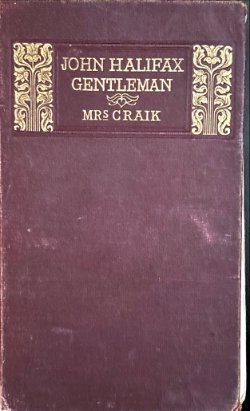By Mark Twain
From Wikipedia: Adventures of Huckleberry Finn is a novel by American author Mark Twain, which was first published in the United Kingdom in December 1884 and in the United States in February 1885.
Commonly named among the Great American Novels, the work is among the first in major American literature to be written throughout in vernacular English, characterized by local color regionalism. It is told in the first person by Huckleberry "Huck" Finn, the narrator of two other Twain novels (Tom Sawyer Abroad and Tom Sawyer, Detective) and a friend of Tom Sawyer. It is a direct sequel to The Adventures of Tom Sawyer. The book is noted for "changing the course of children's literature" in the United States for the "deeply felt portrayal of boyhood".[2][better source needed] It is also known for its colorful description of people and places along the Mississippi River. Set in a Southernantebellum society that had ceased to exist over 20 years before the work was published, Adventures of Huckleberry Finn is an often scathing satire on entrenched attitudes, particularly racism and freedom. Perennially popular with readers, Adventures of Huckleberry Finn has also been the continued object of study by literary critics since its publication. The book was widely criticized upon release because of its extensive use of coarse language and racial epithet. Throughout the 20th century, and despite arguments that the protagonist and the tenor of the book are anti-racist,[3][4] criticism of the book continued due to both its perceived use of racial stereotypes and its frequent use of the racial slur "nigger".
USA. Chatto & Windus / Charles L. Webster And Company.. 1884. 440p.





















